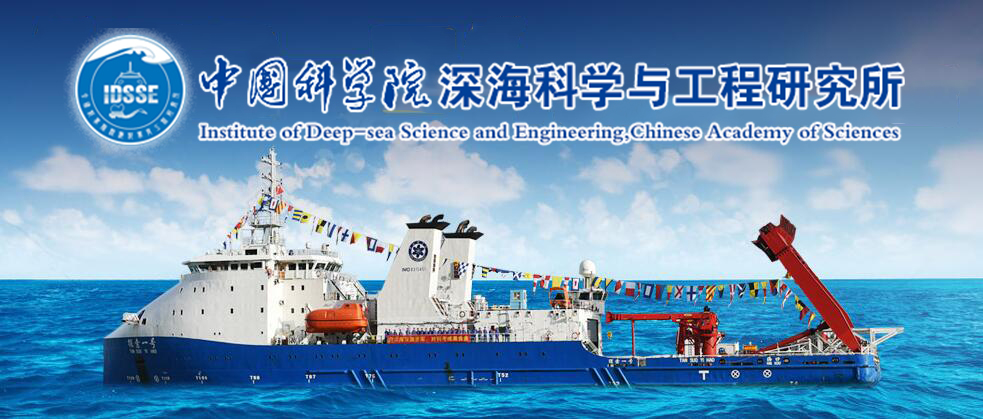
| 论文题目 | Efficient Thermoelectric Conversion of Sulfide Chimneys in Submarine Volcanic Systems |
| 论文题目(英文) | Efficient Thermoelectric Conversion of Sulfide Chimneys in Submarine Volcanic Systems |
| 作者 | Jia, Haoning(1,2);Zhu, Jiaqi(1,2);Li, Yanzhang(1,2);Li, Jiwei(3);Ye, Huan(1,2);Du, Yimei(1,2);Hua, Tianci(1,2);Zhuang, Ziyi(1,2);Lu, Anhuai(1,2);Ding, Hongrui(1,2);Lai, Yong(1);Wang, Changqiu(1,2);Li, Yan(1,2) |
| 发表年度 | 2024 |
| 卷 | 11 |
| 期 | 1 |
| 页码 | 11 |
| 期刊名称 | EARTH AND SPACE SCIENCE |
| 摘要 | |
| 摘要_英文 | Submarine volcanos are the most active areas in the deep sea, but the environmental consequences of frequent volcanic activity on the geophysical fields and biogeochemical processes near hydrothermal chimneys have not been fully understood yet. In particular, how continuous high-flux thermal energy, the most typical form of energy in active submarine volcanic systems, affects electron transport and geoelectric field remains unknown. This study provides the first evidence that thermal energy can be efficiently converted to electrical energy at an extremely small spatial scale of the submarine black chimneys. The Seebeck coefficient of sulfide chimneys can reach more than 200 mu V/K, with high electrical conductivity of 104 S/m and low thermal conductivity of 1.0 W/(m center dot K) within 300-700 K. A maximal potential gradient of 300 mV/cm under a temperature difference of 300-700 K can be generated by the thermoelectric conversion of sulfide chimneys, with a maximum energy converting efficiency up to 1%. The thermoelectric conversion effect of a global-scale submarine volcanos could enable electroactive bacteria to fix appromaxiately 105-106 tons of carbon per year. In addition, the thermal-electrochemical experiments indicated sulfides underwent rapid oxidation under thermoelectric effects, which may help explain the intense oxidative weathering of sulfides in some anoxic deep-sea hydrothermal zones. Hydrothermal vents are the most active areas for energy and material exchange in the submarine volcanic systems. The conversion of chemical and biomass energy has been considered as the major driving force for biogeochemical processes in hydrothermal vents, while the primary thermal energy has rarely been a concern. This study revealed that hydrothermal black chimneys could achieve stable thermoelectric conversion with a maximum energy conversion efficiency of 1%. The thermoelectric transport performance of sulfides is mainly influenced by crystal structure, chemical composition and substituting ions. Both the generation of natural electric field and the growth and metabolism of electroactive microorganisms in deep sea are clolsely related to the thermoelectric effects of sulfides. The rapid oxidation of sulfides under a thermoelectric potential well explains the intense weathering of minerals in anoxic seafloor regions. Proposing a geoelectric mechanism caused by thermoelectric effects of sulfides in submarine volcanic systemsBuilding a quantitative model to estimate the efficiency of thermoelectric conversion and carbon fixationExplaining rapid oxidative weathering of hydrothermal vent sulfides by thermoelectric mechanism |

Copyright © 中国科学院深海科学与工程研究所 备案证号:琼ICP备13001552号-1
 琼公网安备 46020102000014号
琼公网安备 46020102000014号
地址: 三亚市鹿回头路28号 邮编:572000 网站维护:深海所办公室 邮箱:office@idsse.ac.cn